Discovery of Nanomaterials and Advanced Composites for Clean Energy Technologies
Nanoscience and Surface Engineering
We learn to control size, engineer surface by studying surface physics and chemistry, and structure of nanomaterials, including two-dimensional nanostructures to design and create new materials and study nanoscale phenomena. We also perform in-situ and ex-situ functionalization on the surface of nanostructures with ionomers, organic or inorganic molecules to tune the properties of nanomaterials and study mechanisms of interactions. The ability to surface engineering and tuning the properties of nanomaterials by varying their structural characteristics, such as size, shape, surface morphology, and surface chemistry paves the way for a variety of applications.

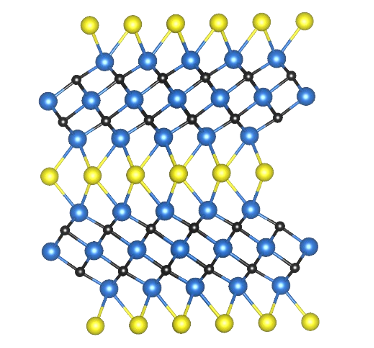
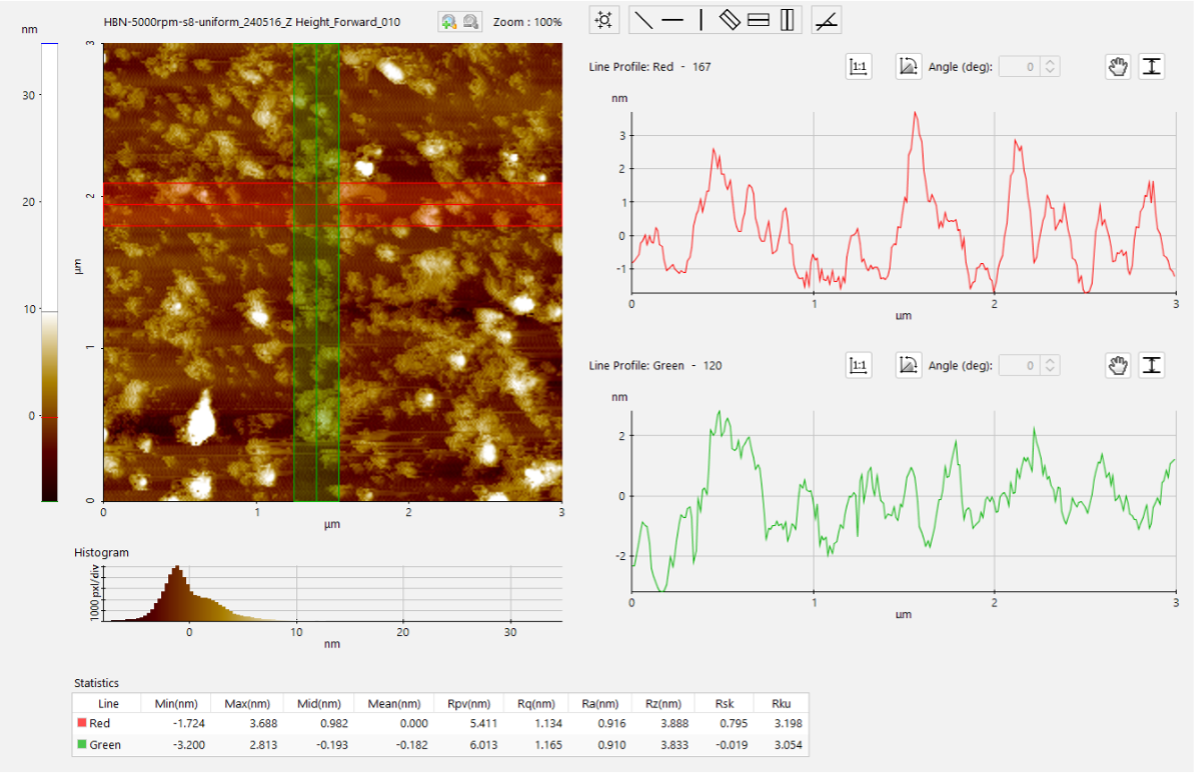
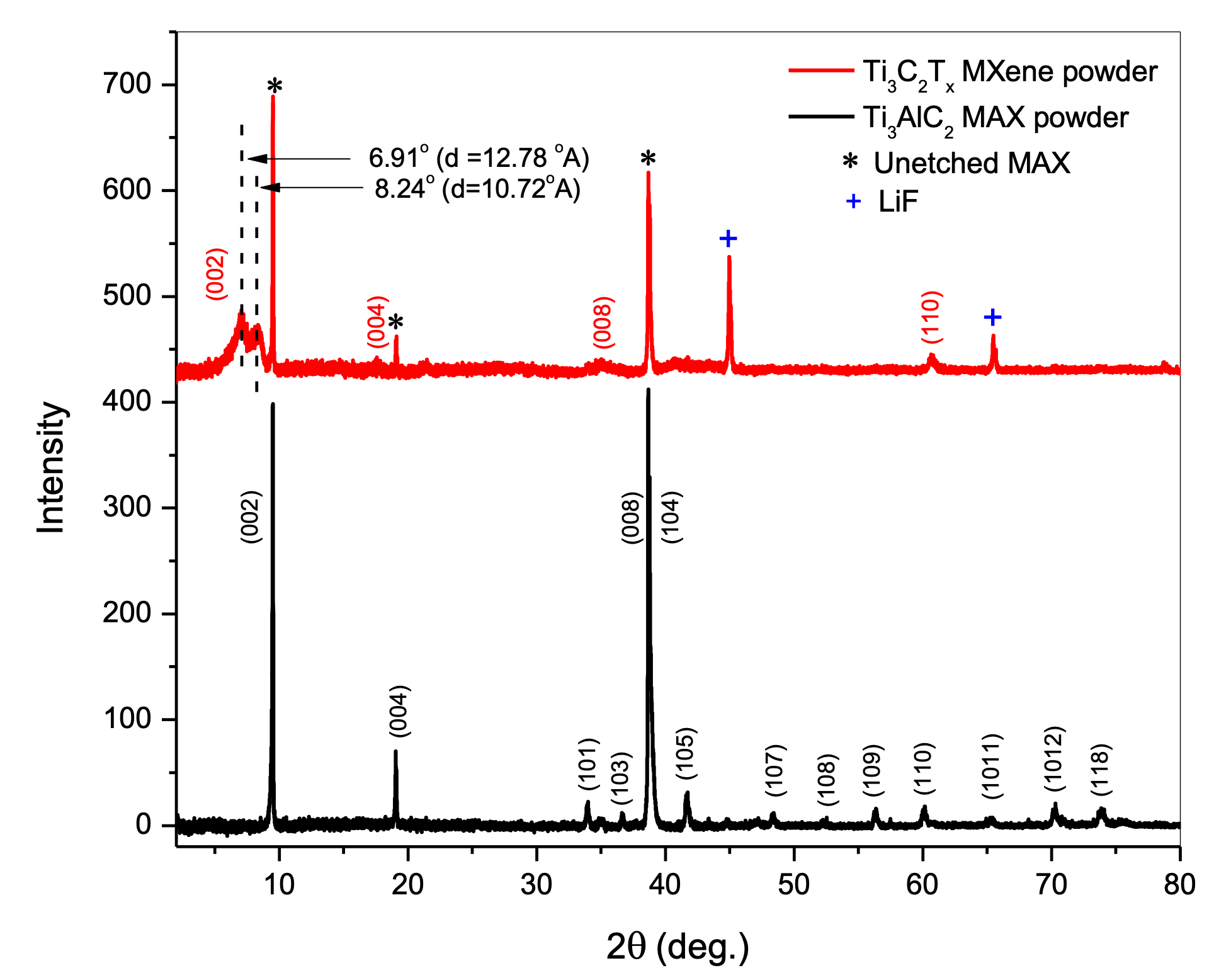
Characterization of Nanomaterials and Advanced Composites
We study properties of nanostructures by various spectroscopic and microscopic characterization techniques, such as XRD, FTIR, Raman Microscopy, Atomic Force Microscopy, X-ray Photoelectron spectroscopy and scanning and transmission electron microscopy. Polymer composites fabricated for creating components of energy storage and conversion devices are studied using electrochemical techniques, such as linear sweep voltammetry, cyclic voltammetry and electrochemical impedance spectroscopy techniques.
See how we characterize nanostructures using AFM and SEM.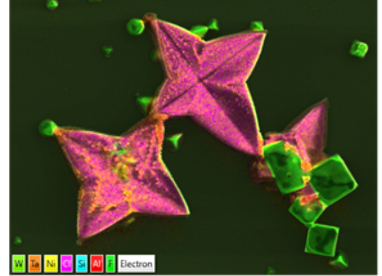
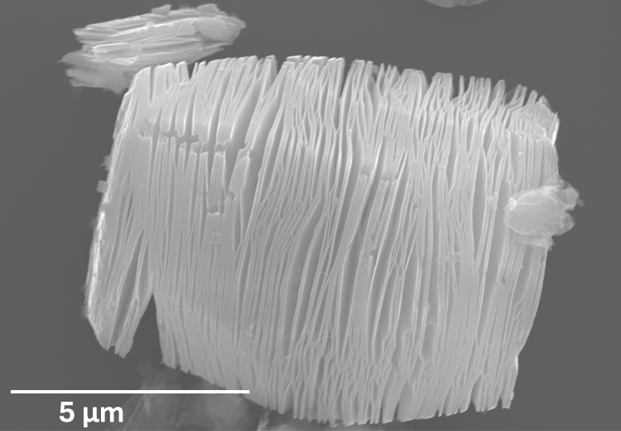
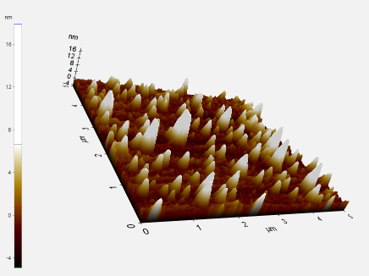
Solid State Electrolytes for Building Better Batteries and Supercapacitors
Our focus is on creating flexible and durable solid-state electrolytes for all-solid-state batteries and high energy density supercapacitors. We utilize the multifunctionality and unique features of nanostructured materials and 2D materials to create specific ion conductive solid-state electrolytes and study the mechanisms of ion transport.
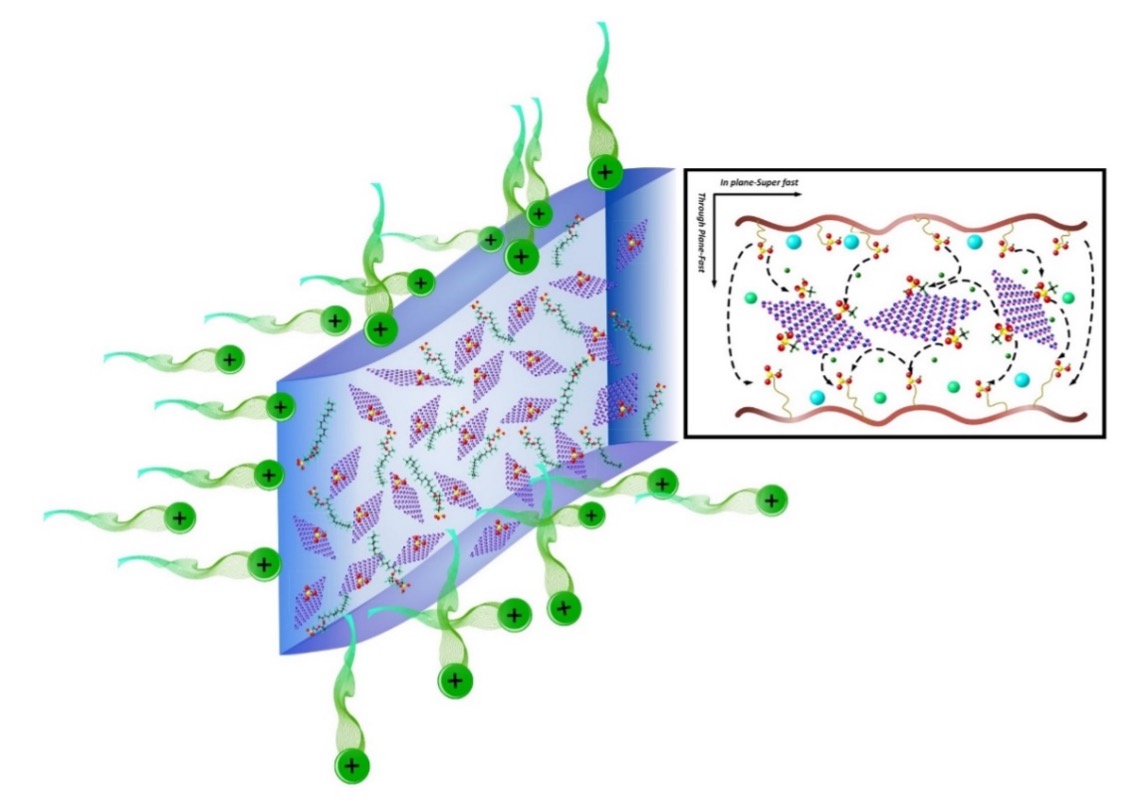
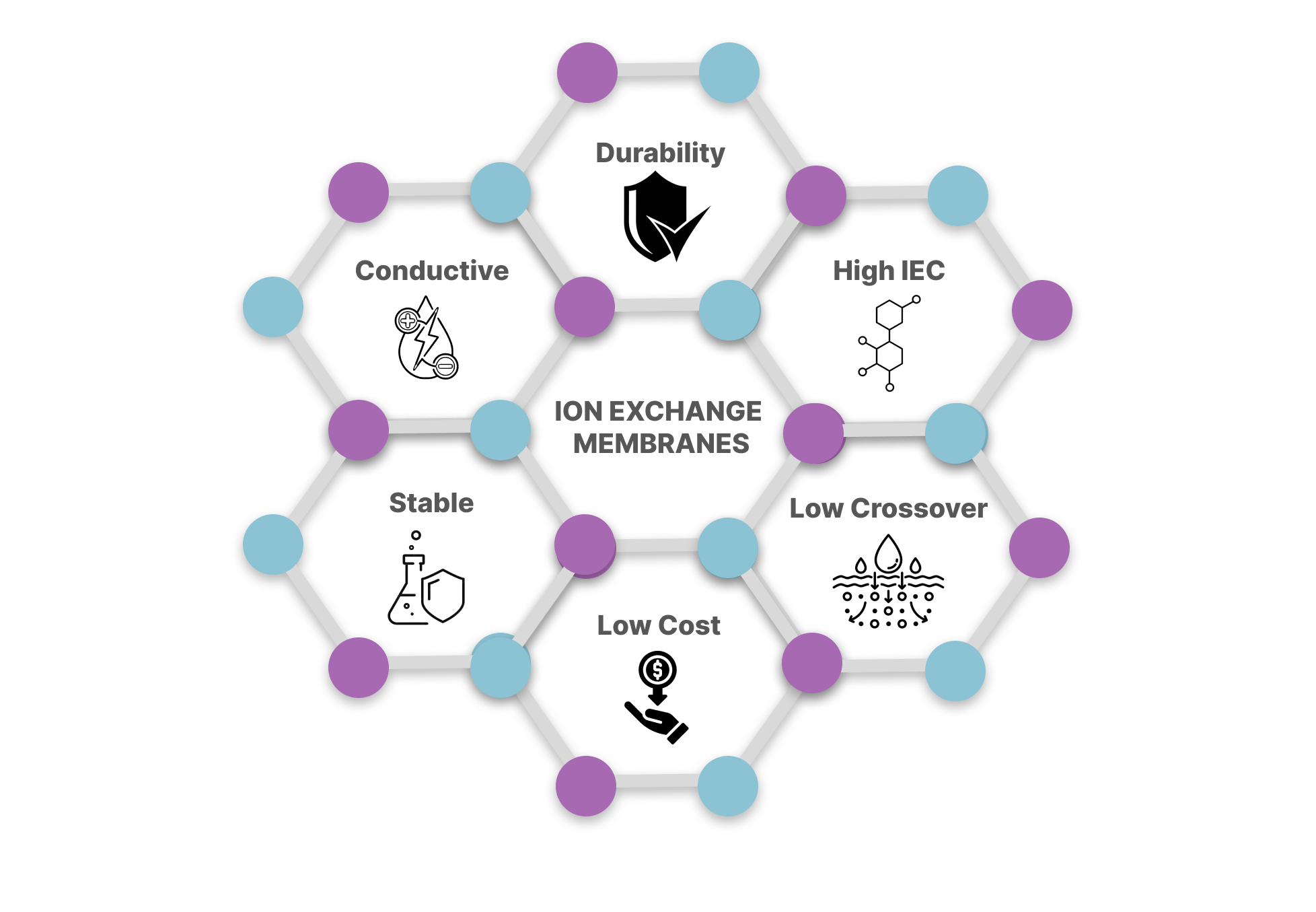
Electrochemical Cells and Device Assembly
We use various lab-scale electrochemical cells for optimizing the performance and activity of fabricated electrolytes, electrocatalysts and electrodes. With the help of the machine shop at Brock University, we design and fabricate custom cells according to project needs and study the electrochemical performance of the components individually and integrated as a device.
